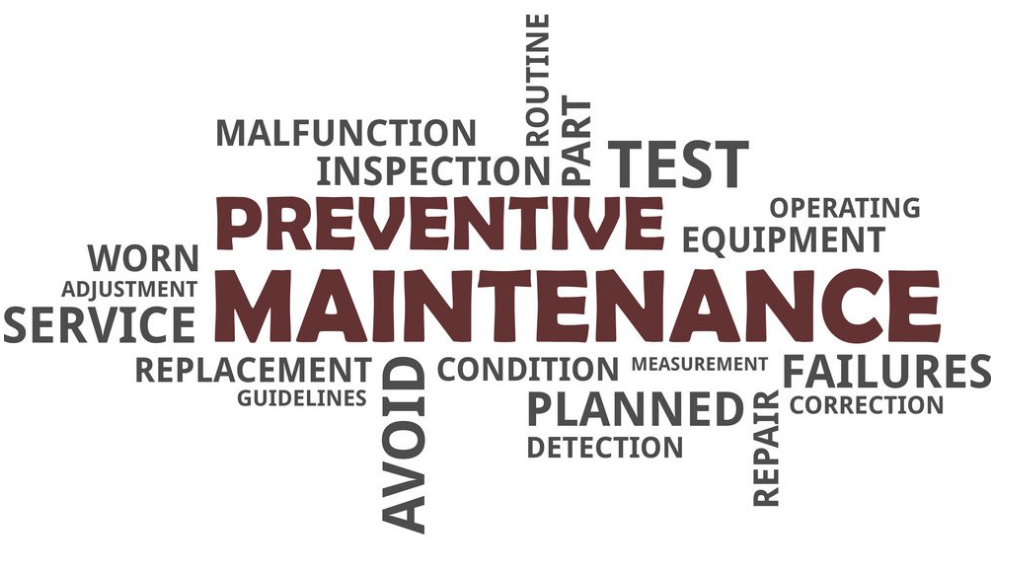
Introduction to Building Preventative Maintenance Sydney, Melbourne Australia
Building preventative maintenance is a critical aspect of managing any property, whether it’s a residential, commercial, or industrial building. It involves regular inspections, repairs, and replacements to ensure that the building remains in good condition, extends its lifespan, and reduces the likelihood of major issues arising.
In this article, we will discuss the importance of building preventative maintenance, various types of maintenance, the process involved, and tips for implementing an effective maintenance plan. We will also explore the benefits of investing in preventative maintenance.
The Importance of Preventive Maintenance
Preventive maintenance is essential for several reasons. It helps protect the building’s occupants, ensures the structure’s integrity, prevents costly repairs, and maintains the property’s value. By addressing issues before they become significant problems, you can save time, money, and resources while ensuring a safe and comfortable environment for everyone.
Types of Building Preventative Maintenance
There are several types of building preventative maintenance that need to be considered. These include:
Structural Maintenance
Structural maintenance focuses on maintaining the building’s foundation, walls, floors, and roof. This type of maintenance includes repairing cracks, checking for water damage, and inspecting the overall structural integrity.
Mechanical Maintenance
Mechanical maintenance involves taking care of the building’s heating, ventilation, and air conditioning (HVAC) systems. This includes regular cleaning, filter replacement, and system checks to ensure proper operation and energy efficiency.
Electrical Maintenance
Electrical maintenance is crucial for safety and efficiency. This includes checking for loose connections, inspecting electrical panels, and ensuring that all electrical components are functioning correctly.
Plumbing Maintenance
Plumbing maintenance is essential to prevent leaks, water damage, and potential health hazards. This includes inspecting pipes, drains, and fixtures, as well as addressing any issues with water pressure or drainage.
Exterior Maintenance
Exterior maintenance involves taking care of the building’s facade, windows, doors, and outdoor spaces. This includes cleaning, painting, and repairing any damaged areas to maintain the building’s appearance and functionality.

The Preventive Maintenance Process
The preventive maintenance process typically consists of the following steps:
Inspection
Regular inspections are crucial to identify any potential issues or areas that require attention. This includes visually inspecting the structure, checking for signs of wear and tear, and evaluating the performance of various systems.
Maintenance Scheduling
Based on the results of the inspections, a maintenance schedule should be created to prioritize and plan the necessary tasks. This helps ensure that all critical maintenance activities are completed on time and within budget.
Implementation
Once the maintenance schedule has been established, it’s time to carry out the required tasks. This may involve repairing, replacing, or cleaning components, depending on the specific maintenance activity.
Monitoring and Evaluation
After the maintenance tasks have been completed, it’s important to monitor and evaluate their effectiveness. This can help identify any areas where improvements can be made or additional maintenance is required.
Learn More About Prox Access Building Preventive Maintenance
Click HereTips for Effective Building Preventative Maintenance
Here are some tips to help ensure your building preventative maintenance is effective:
Develop a comprehensive maintenance plan that covers all aspects of the building, including structural, mechanical, electrical, plumbing, and exterior maintenance.
Schedule regular inspections and create a detailed checklist to help identify potential issues.
Prioritize maintenance tasks based on their importance and urgency.
Allocate sufficient resources, including budget, personnel, and equipment, to carry out the maintenance tasks.
Train and educate building occupants on the importance of preventative maintenance and their role in the process.
Keep accurate records of all maintenance activities to help track progress and identify recurring issues.
Continuously evaluate and update the maintenance plan as needed to ensure it remains relevant and effective.
The Benefits of Building Preventive Maintenance
Investing in building preventive maintenance offers numerous benefits:
-
Increased safety for building occupants.
-
Extended lifespan of the building and its systems.
-
Improved energy efficiency, leading to reduced utility costs.
-
Enhanced building appearance and curb appeal.
-
Prevention of costly and disruptive major repairs.
-
Improved property value and marketability.
-
Compliance with building codes and regulations.
Building preventive maintenance refers to a proactive approach to maintaining a building’s systems and equipment to prevent unexpected breakdowns and ensure their proper functioning. It involves regular inspections, cleaning, and repairs to identify and address potential issues before they become major problems.
Building preventive maintenance is important because it helps to minimize downtime, reduce repair costs, and extend the lifespan of a building’s systems and equipment. It also helps to maintain a safe and comfortable environment for occupants and ensures compliance with regulatory requirements.
Common building systems and equipment that require preventive maintenance include HVAC (heating, ventilation, and air conditioning) systems, electrical systems, plumbing systems, elevators, fire alarms and suppression systems, and security systems.
The frequency of building preventive maintenance depends on the type of system or equipment and its usage. Some systems may require monthly or quarterly inspections, while others may only require annual or bi-annual inspections. It’s important to consult with a professional maintenance service to determine the appropriate maintenance schedule for each system.
Outsourcing building preventive maintenance to a professional service can provide several benefits, including access to specialized expertise, reduced labor costs, improved efficiency and productivity, and increased accountability for maintenance activities. Additionally, professional maintenance services often have access to the latest technology and tools to ensure that maintenance activities are performed efficiently and effectively.

